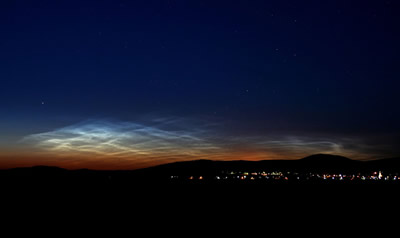These mystifying clouds are called Polar Mesospheric Clouds, or PMCs, when they are viewed from space and referred to as "night-shining" clouds or Noctilucent Clouds, when viewed by observers on Earth. The clouds form in an upper layer of the Earth’s atmosphere called the mesosphere during the summer and can be seen from the high latitudes on Earth.
Image Courtesy of NASA/Veres Viktor
Noctilucent Clouds
Noctilucent clouds (NLC’s) or polar mesospheric clouds (PMC’s) are found very high in the Earth's atmosphere (about 85,300 meters above the Earth's surface!). They are called Polar Mesospheric Clouds when they are viewed from space, and are referred to as noctilucent clouds when viewed by observers on Earth. Unlike lower clouds that are associated with weather, these clouds form at the very edge of space in the atmospheric layer called the mesosphere. Like some of the clouds we see more regularly, scientists think NLC's are made of frozen water or ice crystals.
NLC’s are seen best just after sunset. They glow an electric, beautiful blue-white which makes sense as noctilucent actually means "night-shining". They are normally seen from locations near the poles of the Earth, but in recent years, they have been seen at much lower-latitude locations (like Colorado or Virginia in the U.S.). It’s this change in the distribution of NLC’s that makes scientist think they may be a sign of climate change on Earth, specifically global warming which is influenced by human activity.
These eerie looking clouds have only been studied in the recent past. Now there is an atmospheric mission, AIM (The Aeronomy of Ice in the Mesosphere), that will study these clouds more in depth. The AIM mission will specifically study how these clouds form and if they are an indicator for climate and global change.
Crews aboard the International Space Station routinely witness noctilucent clouds when flying over the Earth. You too can be an observer of these clouds and can even share that information with others on the Internet!
You might also be interested in:

The world's surface air temperature increased an average of 0.6° Celsius (1.1°F) during the last century according to the Intergovernmental Panel on Climate Change (IPCC). This may not sound like very
...more
Earth’s climate is warming. During the 20th Century Earth’s average temperature rose 0.6° Celsius (1.1°F). Scientists are finding that the change in temperature has been causing other aspects of our planet
...more
There are many different ways that the biosphere (the plants, animals and other life on our planet) affect climate. Some produce greenhouses gases and promote warming of our planet through the greenhouse
...more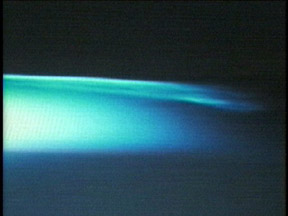
Observations of noctilucent or "night-shining" clouds were first reported in the summer of 1885. The reports were from northern Europe and Russia. In the late 1880’s, it was proposed that the clouds had
...more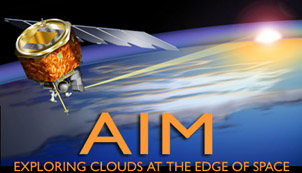
The Aeronomy of Ice in the Mesosphere (AIM) mission is focused on the study of Polar Mesospheric Clouds (PMC’s), also known as noctilucent clouds (NLC’s). The mission will look at these clouds that form
...more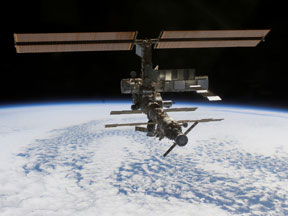
The International Space Station (ISS) is a very large space station in orbit around Earth. The ISS is currently inhabited and in use, but it is also under construction; new modules are gradually being
...more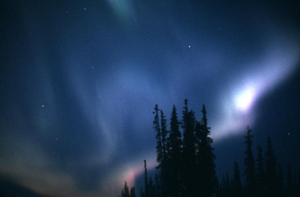
Phenomena in the Polar Atmosphere There are some unique phenomena that happen in the atmosphere that is above the Earth's polar regions. Read on to discover more about some of the unique parts of the polar
...more
